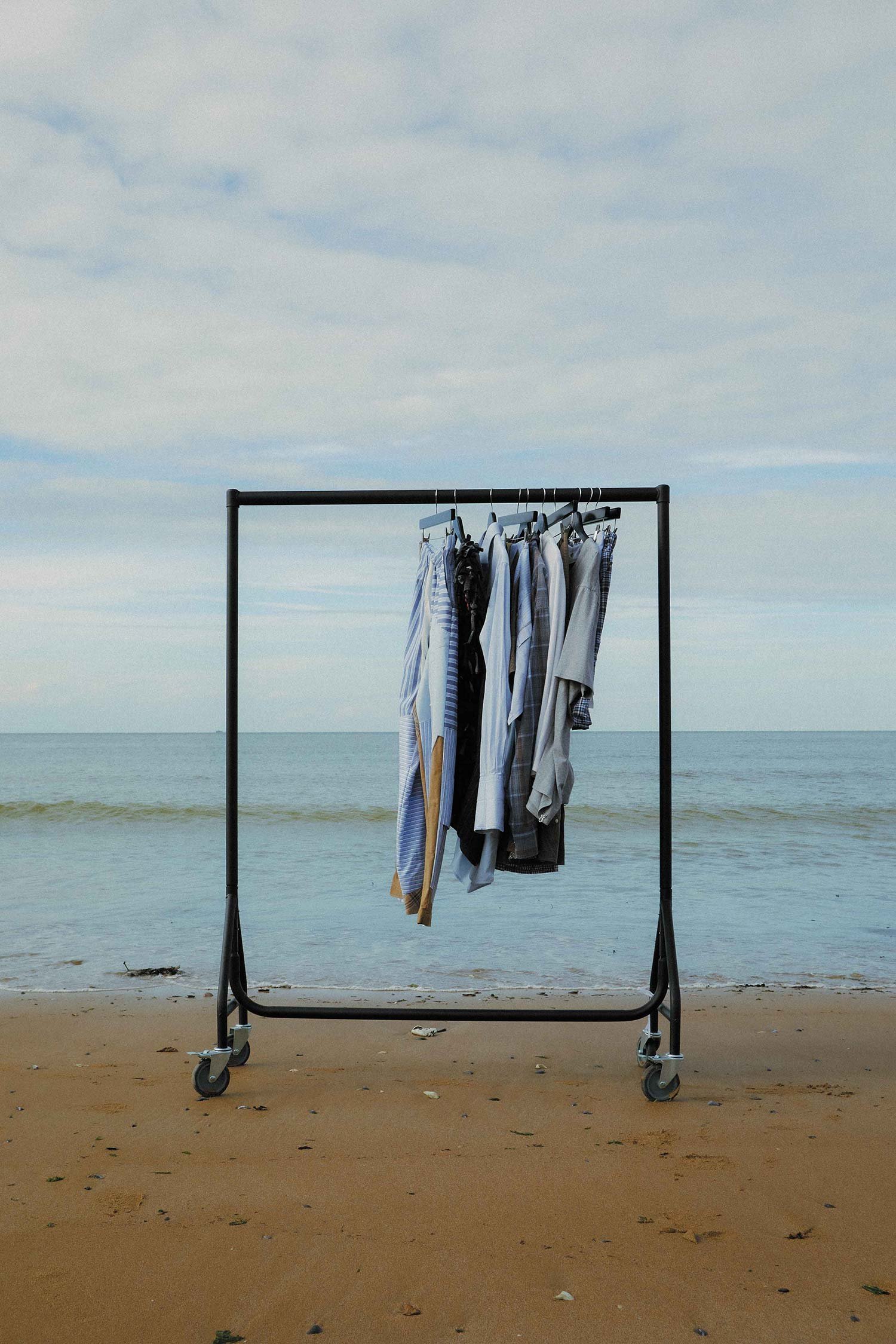Winerocks: The Slow Revolution and Kent's low-intervention wines
Whitstable wine communicator Natalia Suta on why low-intervention wines are worth the wait
Wine, at its core, should be a simple thing - grapes, time, patience and maybe a little bit of magic. But somewhere along the way, winemaking has become more about intervention than intuition.
From lab-cultured yeasts to heavy-handed sulphite additions, the industry has spent decades prioritising consistency over character. Thankfully, a growing movement of winemakers is flipping the script, stripping back the unnecessary, embracing the unpredictable and putting nature firmly in the driving seat - welcome to the world of low-intervention wines.
Low-intervention wines, often called natural or raw, aren’t just a passing trend for wine geeks. They’re turning conventional thinking on its head, challenging the modern assumption that a ‘good’ wine has to be pristine, polished and predictable. Instead, these bottles are wild, expressive and full of energy, offering a direct connection to the vineyard, the vintage and the winemaker’s philosophy.
So, what exactly makes a wine ‘low-intervention’? In the broadest sense, it’s a wine made with minimal additives and maximum respect for nature. It starts in the vineyard, where grapes are farmed organically or biodynamically, meaning no synthetic pesticides, herbicides or fertilisers. Instead, grape-growers use regenerative techniques like cover cropping, natural pest control and composting to keep the vineyard ecosystem healthy and thriving.
Then comes fermentation, where things get even more interesting. Unlike conventional winemaking, which relies on commercial yeasts designed to produce predictable flavours, low-intervention wines are fermented with wild yeasts - the naturally-occurring microbes found on grape skins and in the winery environment. This gives the wine a unique sense of place, as these wild yeasts influence flavour and texture in ways that can’t be replicated in a lab.
And then there’s sulphur - a little can be useful, but an excess can mute a wine’s character. Low-intervention winemakers prefer to keep it to a whisper or leave it out entirely. Finally, most natural wines skip the fining and filtering process, which is why they sometimes appear hazy or have a bit of sediment. But don’t be alarmed - cloudiness is a badge of honour and a sign that what’s in your glass is raw, unpolished and totally alive.
Slow Beam: A fresh face with serious experience
New to the English wine scene but backed by years of experience, Slow Beam is the brainchild of Peter Brissenden and Louis Wood - two industry veterans who turned a harvest-day dream into reality. The idea first took shape during the 2021 vintage, somewhere between loading presses, dodging the Kentish rain and dreaming up the idea of making wine together. What started as a wild harvest fantasy soon became a reality and today Slow Beam is producing small-batch English wines with serious character.
At the heart of Slow Beam is a commitment to thoughtful, unhurried winemaking - hence the name. ‘Slow’ reflects the low-intervention ethos, allowing nature to take the lead, while ‘Beam’ is a nod to light, energy and the way their wines capture a specific time and place. Working closely with sustainable growers, they focus on wines that are expressive, alive and a little bit playful - never overworked, never overpolished, just pure, honest reflections of their grapes and terroir.
Their 2023 Pét Nat is an electric, zesty number that practically hums with energy. Ripe lemon, grapefruit, orchard fruits and a buttery popcorn twist make for a lively, textured fizz, balanced by a refreshing acidity that keeps you coming back for more. Meanwhile, their Rosé is all about wild strawberries, peach and a hint of spice, with a crisp backbone that makes it dangerously drinkable. These aren’t wines built for quiet contemplation - they’re made for sharing, sipping and savouring the moment.
And just like the wines, the Slow Beam labels tell a story. Designed by Studio Bouch - Faversham-based design specialists known for their eye-catching, contemporary aesthetic - each bottle is wrapped in striking, contemporary artwork that reflects the wine within. The Pét Nat label was inspired by the aurora borealis that made a rare appearance over the UK in 2024, reflecting the wine’s sense of wonder and spontaneity. The Rosé label, on the other hand, nods to William Tyler’s Goes West album, a record brimming with sun-drenched quality and a rebellious spirit… much like the wine itself.
Want to try some? Head to Pour Choices
If all this talk of natural wine has got you curious (or at least thirsty!), there’s one place you need to be: Pour Choices Wine Fair, taking place on 12th April 2025 at Wagner Hall, Brighton. But don’t expect your standard, swirl-and-sip affair. This is an all-out celebration of the unfiltered, unpretentious and unmissable world of natural wine.
Expect a stellar line-up of low-intervention winemakers from across the UK (including the Slow Beam folks!), plus a few experimental cidermakers thrown in for good measure. And if you’re the kind of person who likes a side of knowledge with your drinking, you’re in luck - the fair will feature workshops and masterclasses designed to demystify the art of low-intervention winemaking. Want to know why Pét Nat bubbles feel different from Champagne? Keen to learn what ‘zero-zero’ wine actually means (beyond sounding like a terrible diet plan)? This is your chance to get answers straight from the producers themselves.
Natalia Suta (@_winerocks_) is a Whitstable-based WSET-certified wine communicator on a noble mission to free wine from the snobbery through making hilarious edutainment videos and doing chillaxed wine-tastings along the south-east coast. She is a passionate explorer of the best wine and dine venues in Kent. It’s a tough job, but someone has to do it!














